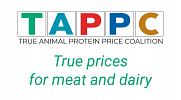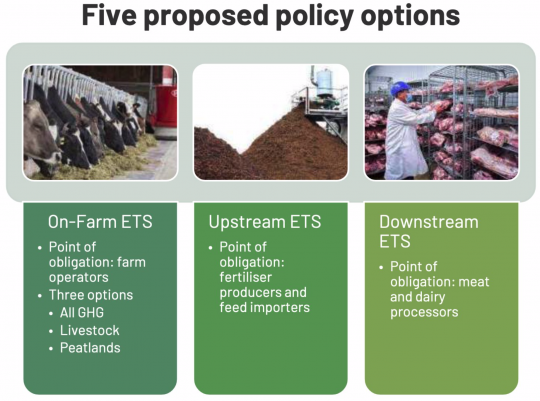EU Commission presents study ETS options for GHG-emissions in food systems
14th June DG Clima from the EU Commission organised an event in Brussels where three policy options were presented from a draft report on pricing greenhouse gas emissions in the EU agriculture sector. This autumn the study on applying the Polluter Pays Principle to agricultural emissions will be presented. This sector is the only sector in the EU not yet part of any carbon pricing mechanism. The EU Commission is planning to launch a proposal for an ETS system for agriculture or food systems by 2026, but other options will be considered as well. New Zealand and Denmark already annouced GHG-emissions taxes for livestock farmers, with payments for emission reductions by farmers.
The webcast of the event can be seen here and the EU consultation started about this topic can be filled in here till end of July 2023. Here you can see the contribution of TAPP Coalition to this survey, and a draft Position Paper, with more details for how an ideal ETS system for the EU agri-food sector could work and what are the don'ts and do's. Here you can also see the TAPP Coalition comment on MEP Peter Liese's proposal for an amendment of the ETS system (also for agriculture/livestock).
The EU started consultations on options to price GHG emissions from the agriculture sector via an EU-wide ETS and how the revenues raised through such an ETS could finance carbon removal activities in the LULUCF sector through different policy models.
The basic idea is that tax revenues from an ETS system for GHG emissions in agriculture will be used to pay and reward farmers for reducing GHG emissions (carbon farming and other options). Five options for ETS systems were presented.
1. On-farm ETS: point of obligation: farmers. Three options:
1a: livestock
1b: peatlands
1c: all greenhouse gas emissions
2. Downstream ETS: point of obligation: meat and dairy processors (and importers)
3. Upstream ETS: point of obligation: companies selling animal feed and fertilizer
During the event, stakeholders gave comments. The young farmer organisation CEJA and the TAPP Coalition agreed that the option 2 (downstream) would be the best option.
The draft report was written and presented by Trinomics and the German Ecologic Institute. The EU Commission announced this report after the EU Court of Auditors published a report on failing EU policies to reduce GHG emissions in the agriculture sector. In the ECA report it was found that 80% of GHG emissions from EU diets is from only two food products: meat and dairy. This underlines the importance of tax incentives on meat and dairy factories, that will reduce meat and dairy consumption and the GHG emissions involved with consumption. In the same time, tax revenues can be used to reward farmers to reduce GHG emissions.
From the EU Commission involved persons are Christian Holzleitner, Head of Unit for Land Economy and Carbon Removals, Directorate-General for Climate Action, European Commission and the Directors of DG Climat and of DG Agri.
TAPP Coalition presented some position papers in 2022 for the EU policies on sustainable food systems and ETS systems.


